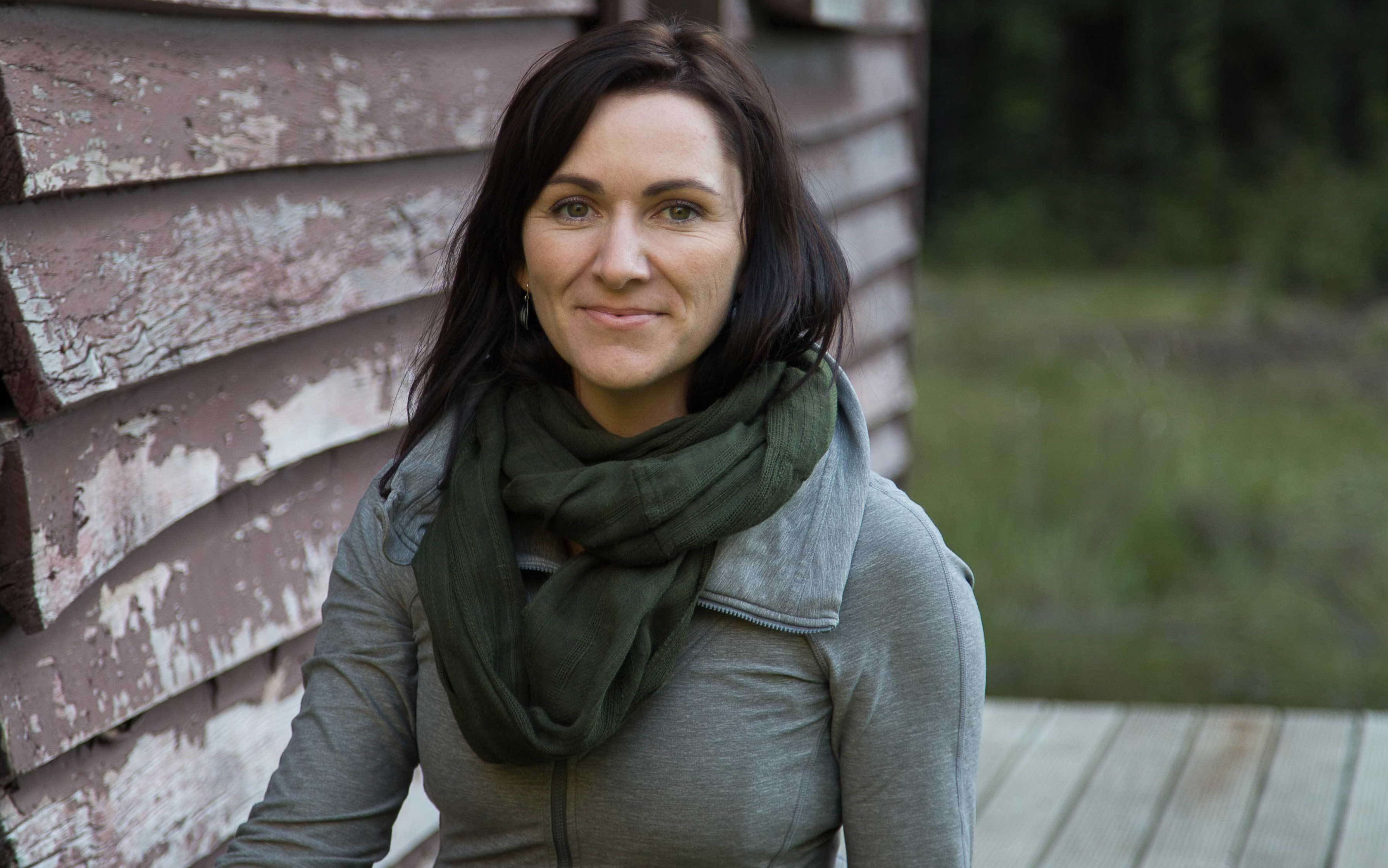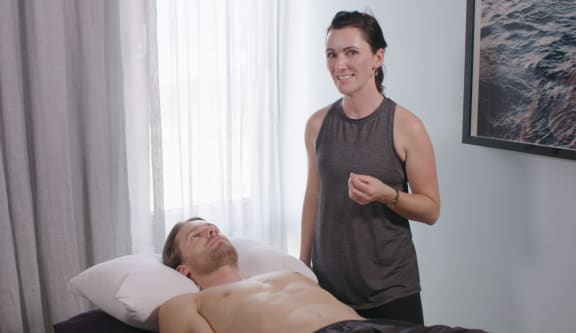Emma Ferris wants to teach the world to breathe better. Most of us, she says are doing it all wrong.
Ferris, a physiotherapist based in Glenorchy, believes up to half of us are not doing it properly.

Photo: The Butterfly Effect
And by changing how we breathe we can slow down the nervous system and improve our health in a range of other ways.
So what is good breathing? Just watch how a baby breathes, says Ferris.
“Have you ever seen a baby just lie down and breathe in the most relaxed manner? Their belly rises up when they breathe in and it’s a quiet breath out. There’s not much effort it’s just very natural.”
As we get older we forget the natural way of breathing that centres on the diaphragm.
“Someone who is stressed begins to breathe more into their neck and shoulders and maybe not breathe as well into that lower belly area”, she says.
A common poor breathing syndrome is hyperinflation.
“We stay in this inflated position, take a big breath in, some people stay like that like they’re ready to run away that’s a common in people with neck problems.”
Often at work we do this as we’re in a more alert state.
“Most people at their computers hyper inflate naturally stay in that tense alert mode.”
And if we breathe too fast it changes the blood chemistry, she says.
“When you’re breathing in a stressed state, you’re going to start to breathe faster your heart rate goes up, blood pressure goes up and you going to breathe out too much carbon dioxide.”
This depletion of CO2 in the body makes your blood more alkaline and your arteries narrow. It can reduce blood flow to brain by 40 percent, Ferris says.

Breathing expert Emma Ferris Photo: supplied
But we can fix this by actively controlling our breathing to change and slow down our nervous system.
To find out how you are breathing put one hand on your chest, and one on your stomach. Breathe normally and register which hand moves the most.
If it’s the top hand, you’re not alone she says.
“If you’re breathing with the top part of chest you’re going to use chest muscles, your pec muscles … those muscles aren’t designed to be used this way all the time they’re like your parachute reserve, your back up.”
Learn to use your diaphragm, Ferris says. It’s a good habit we have fallen out of.
The autonomic system controls the functions of the body we don’t have to think about, digestion, respiration and circulation, and the only way we can change that is to change our breathing.
Ferris says we need to activate our brakes.
“The best way to do that is to slow your breathing down and tell your body and your mind to relax your nervous system. Check you’re using your belly and lengthen your exhale.”

